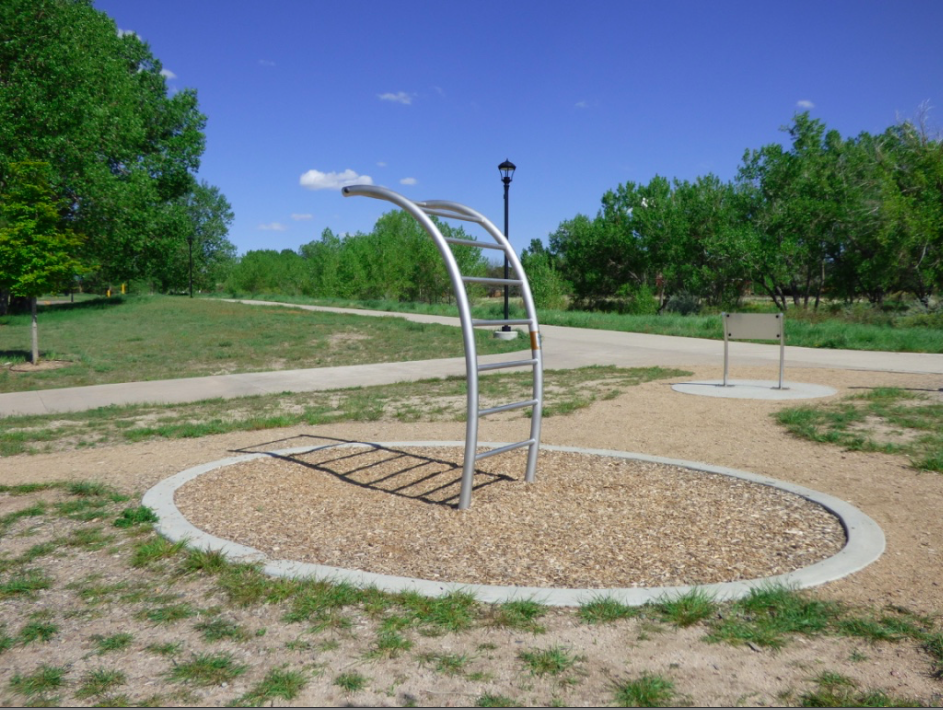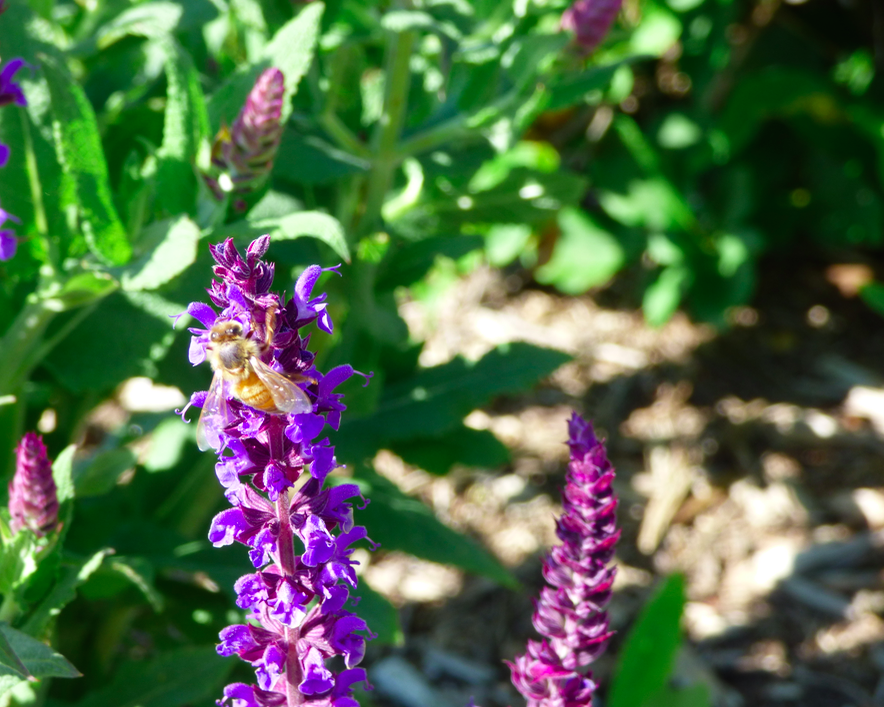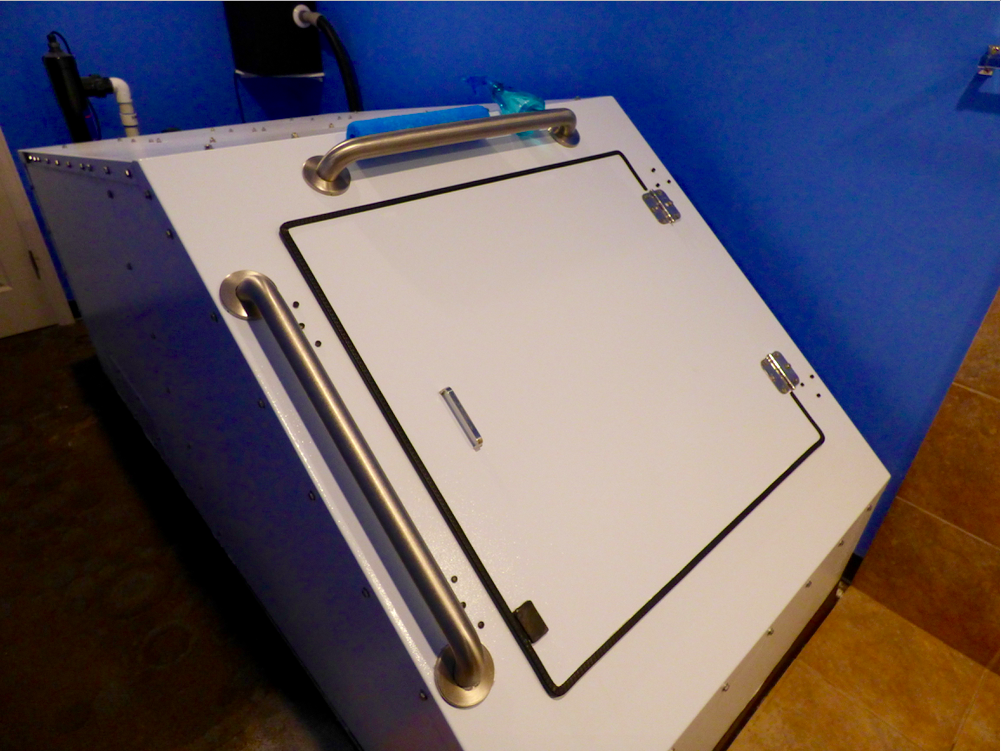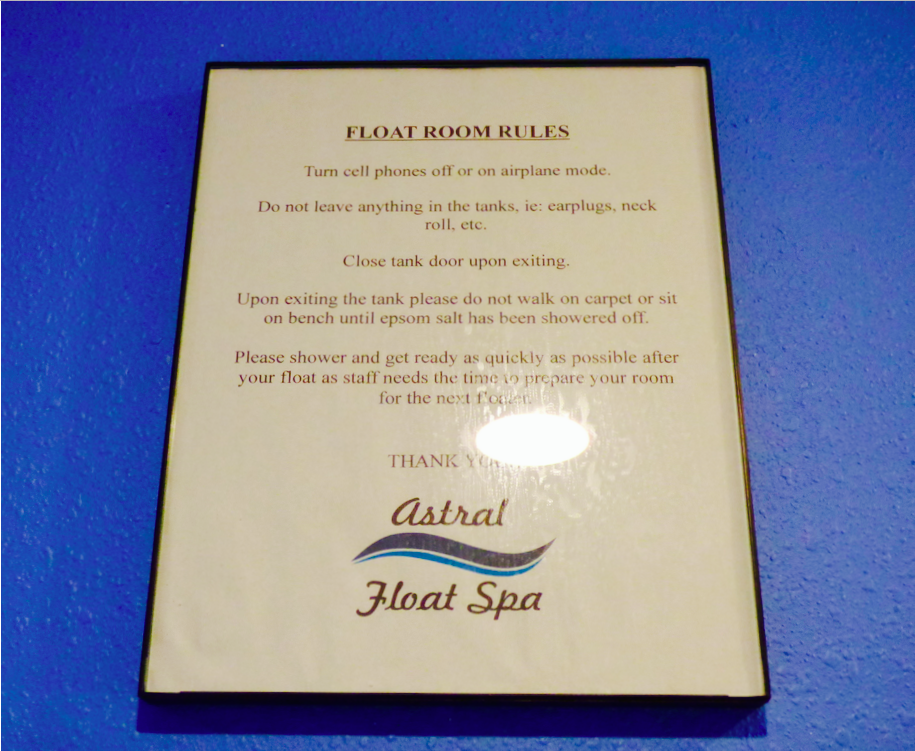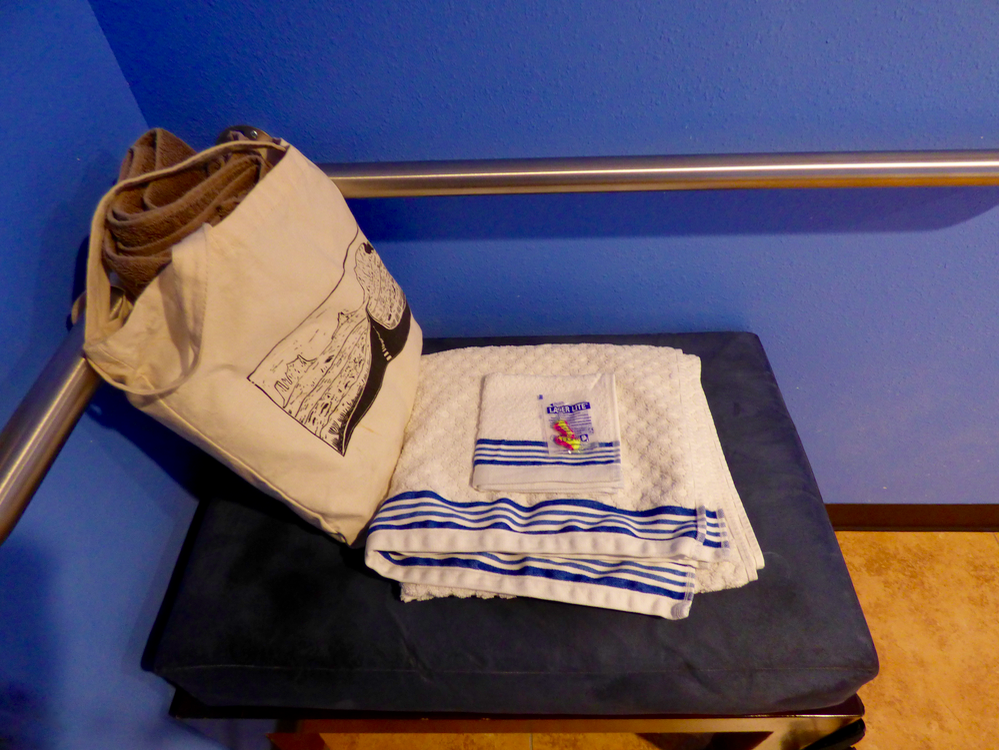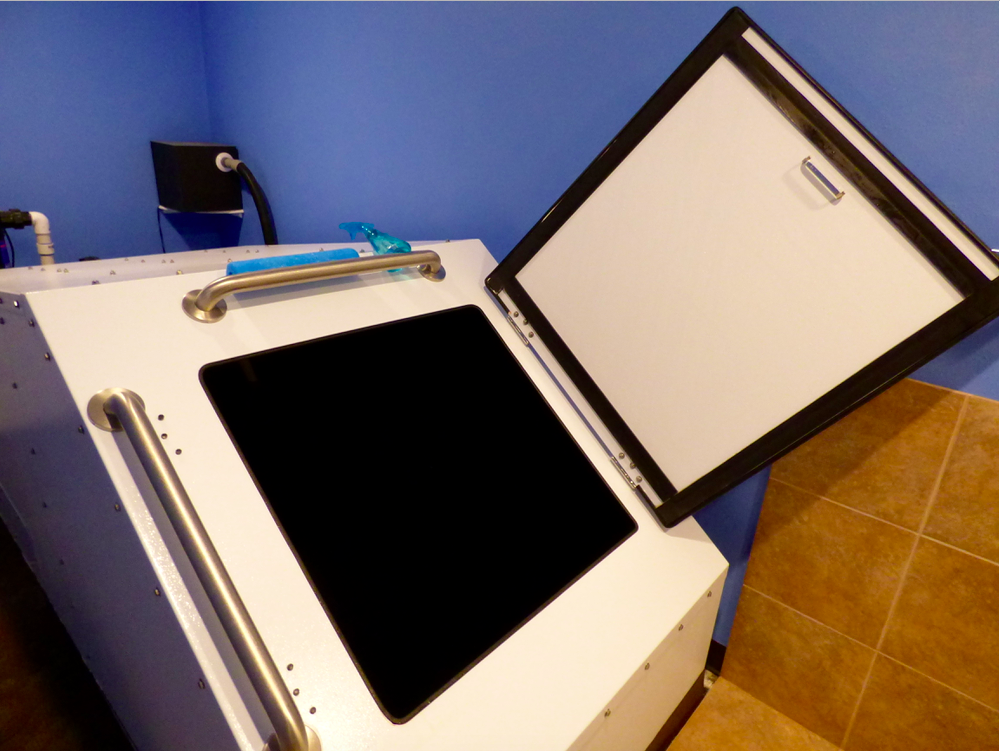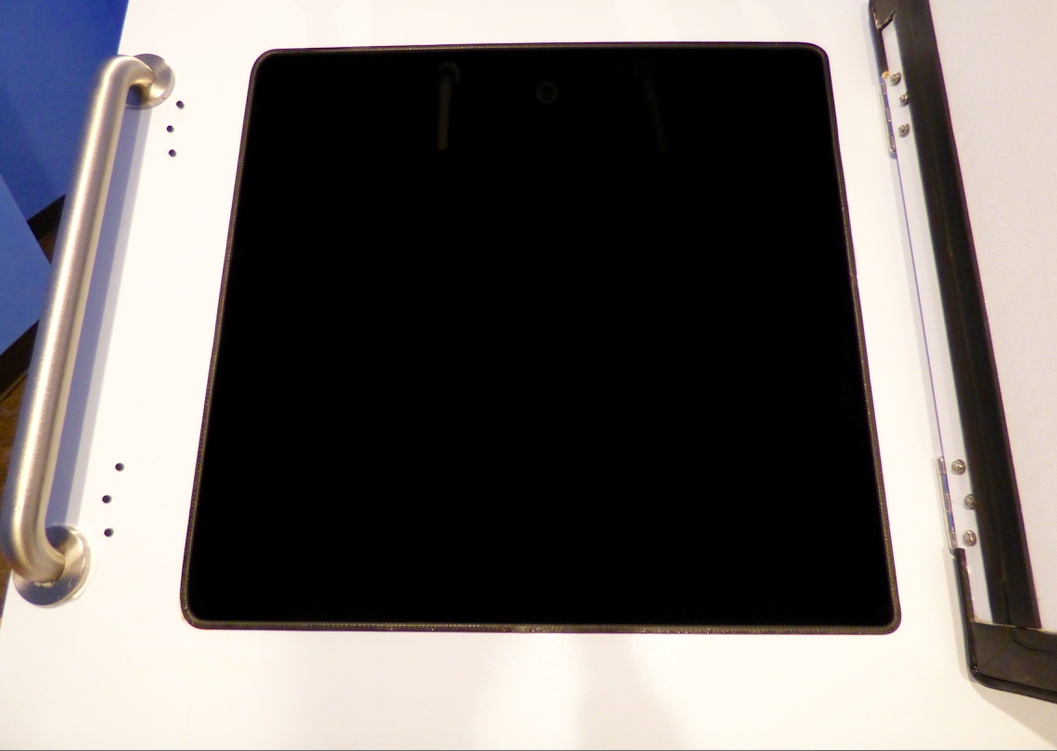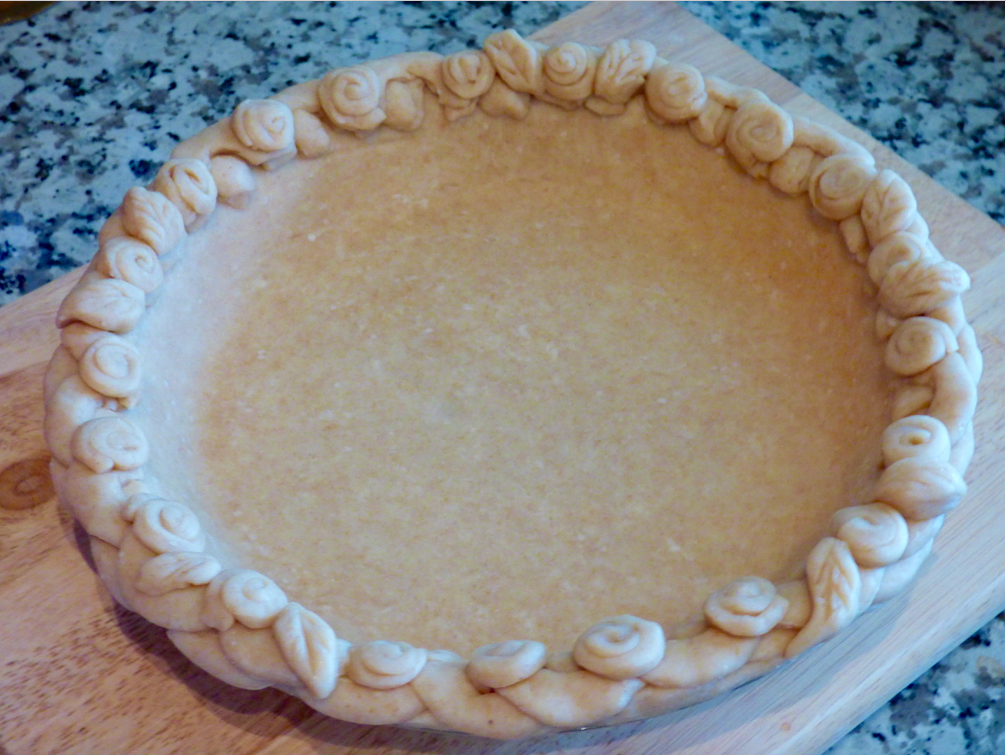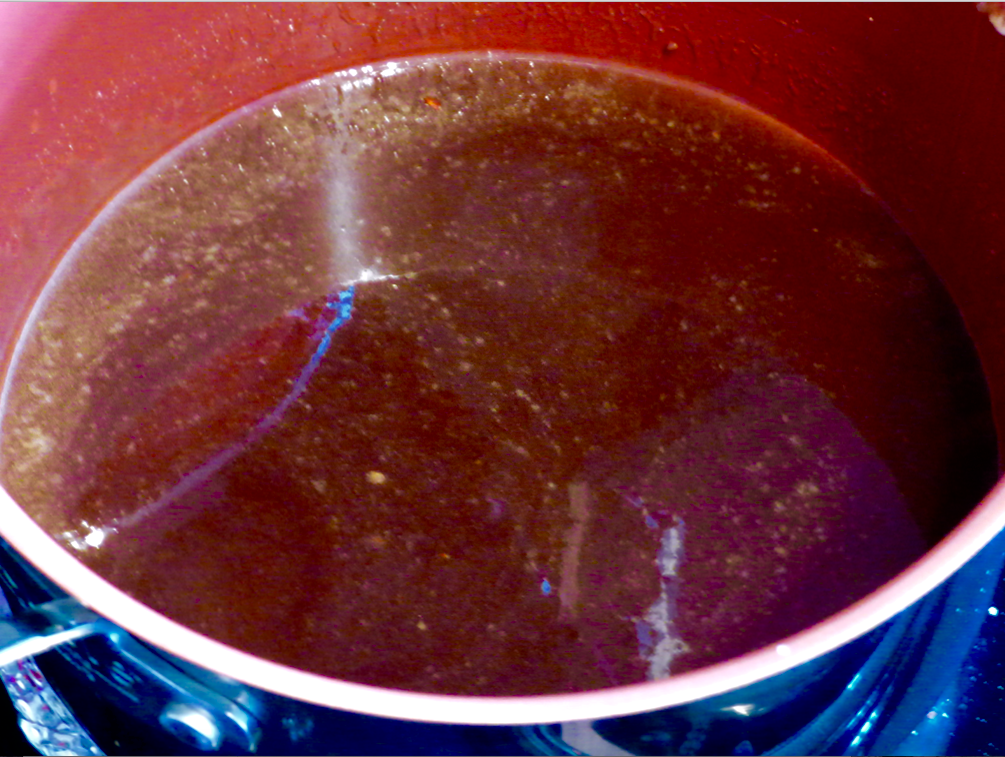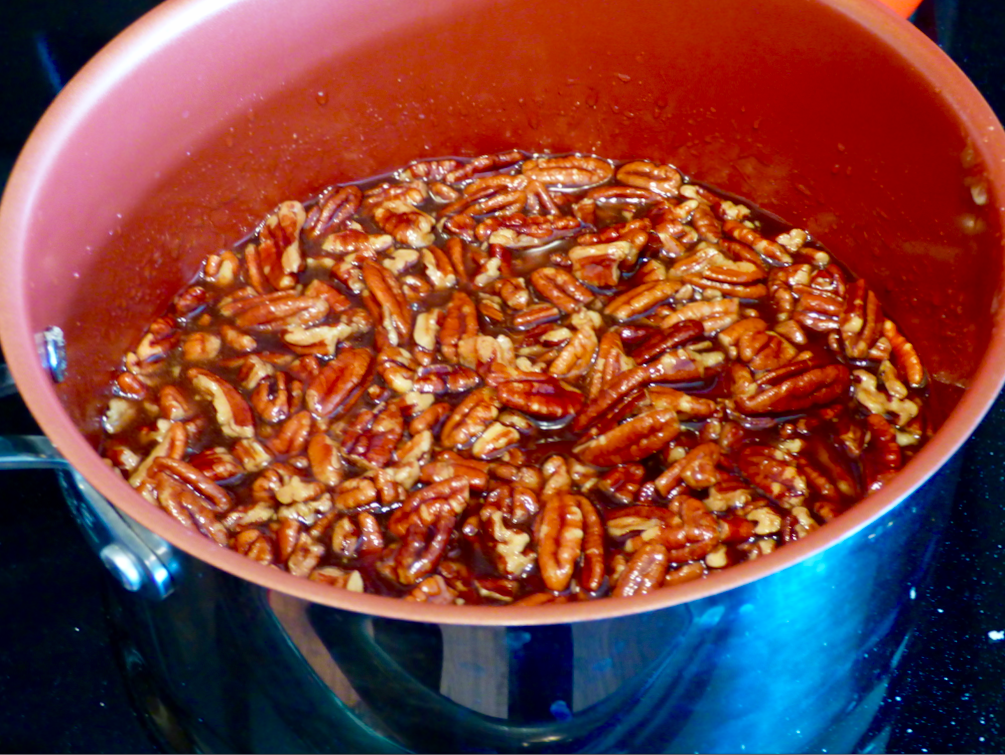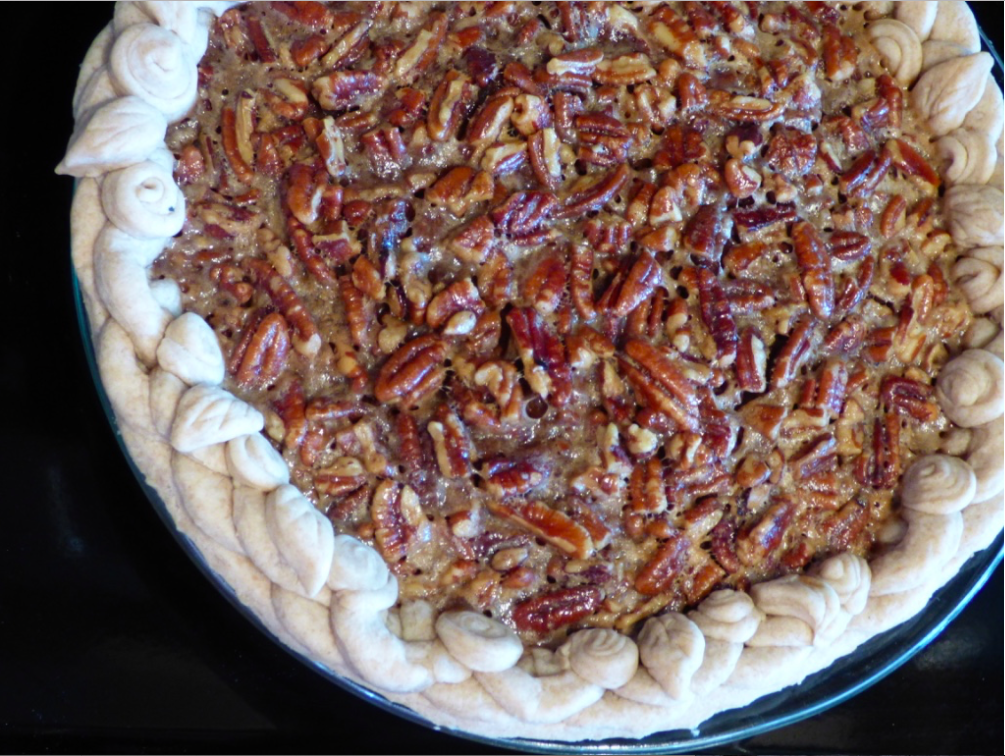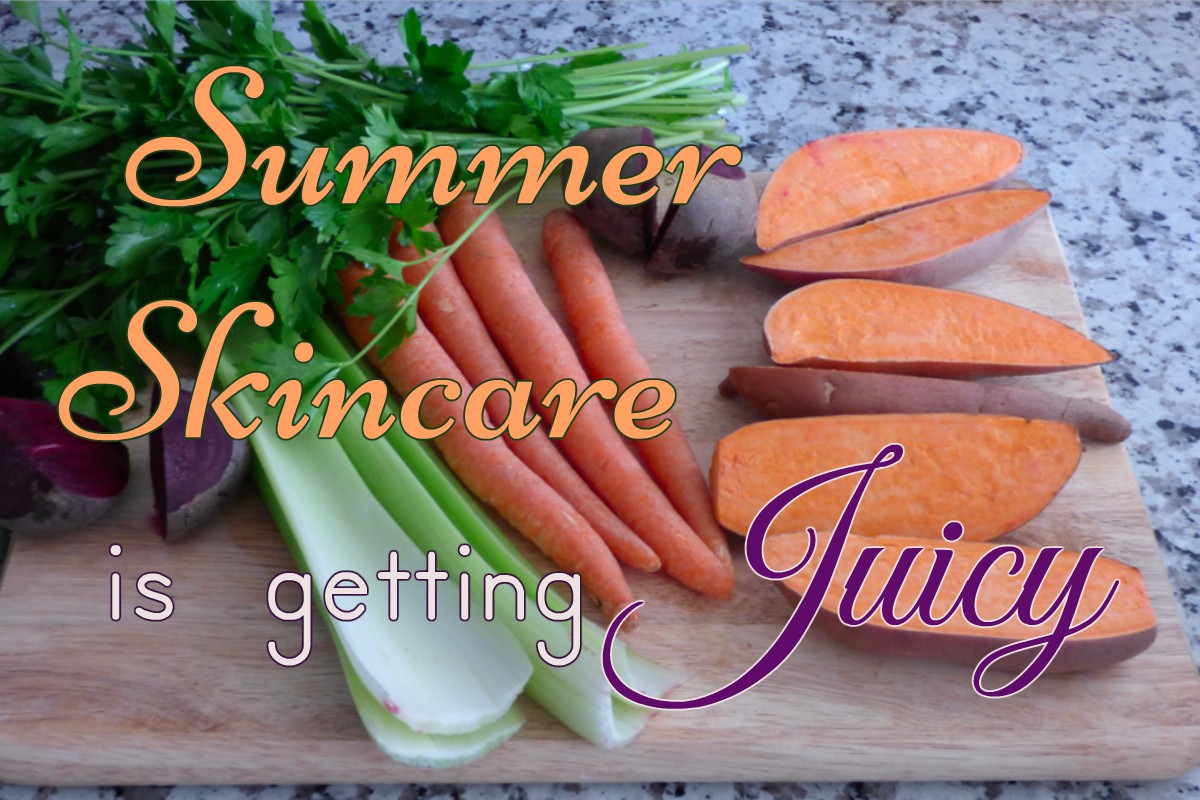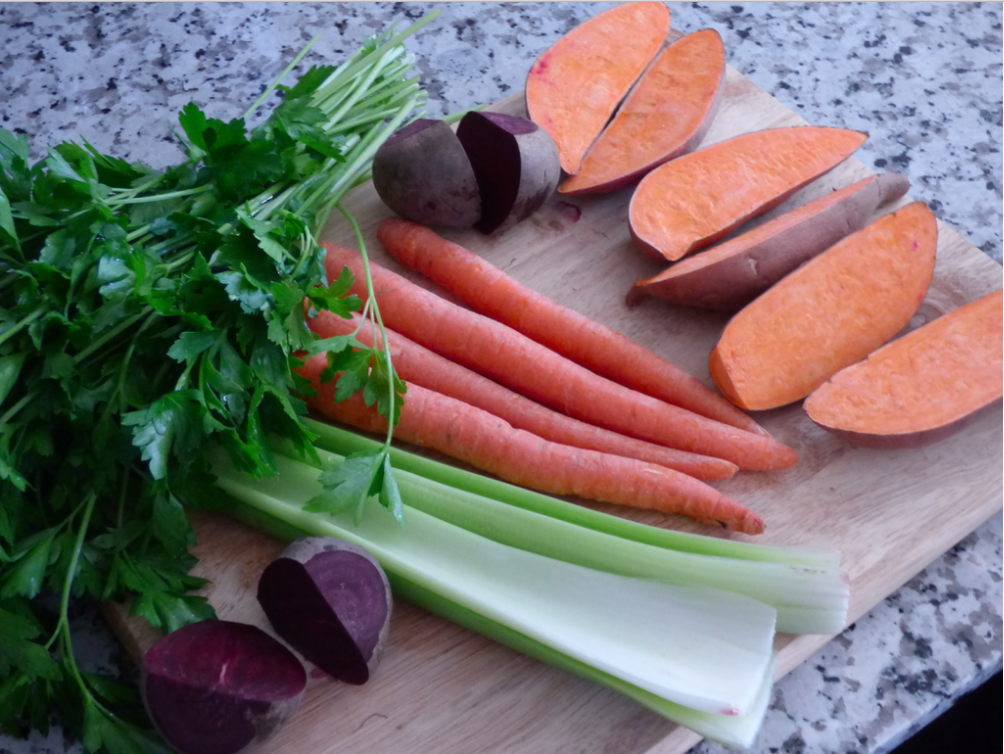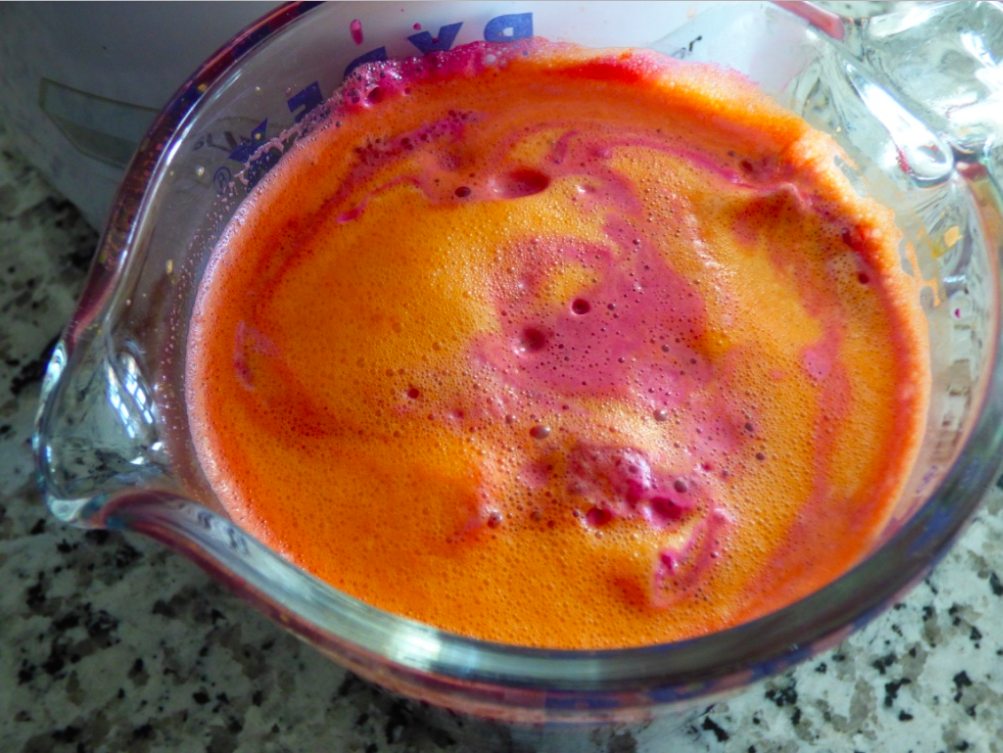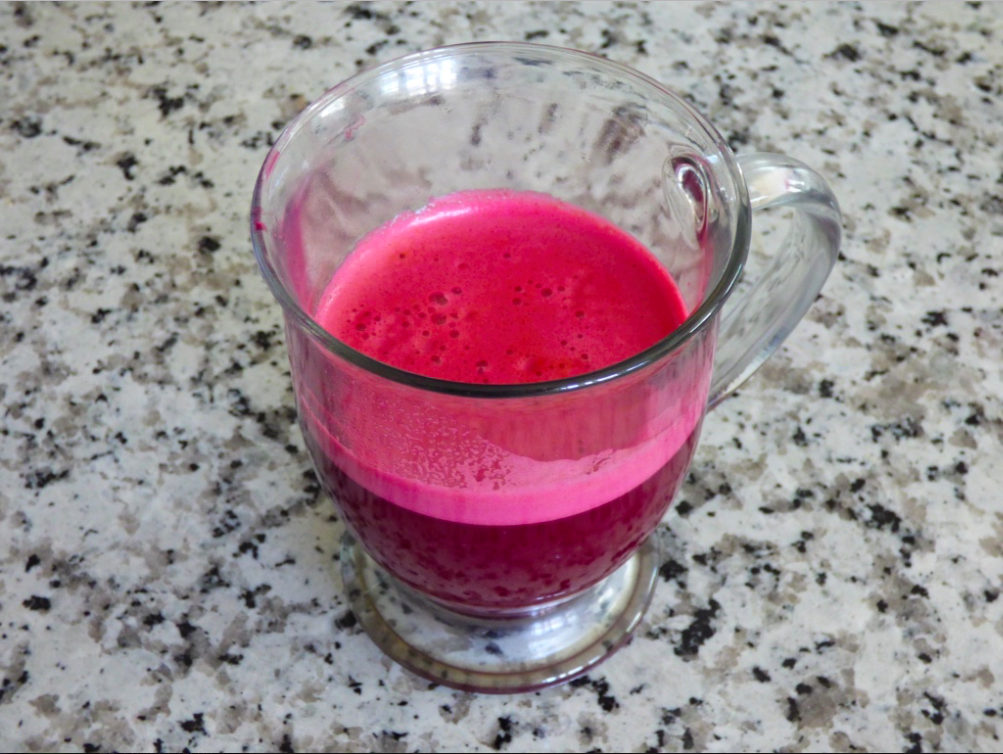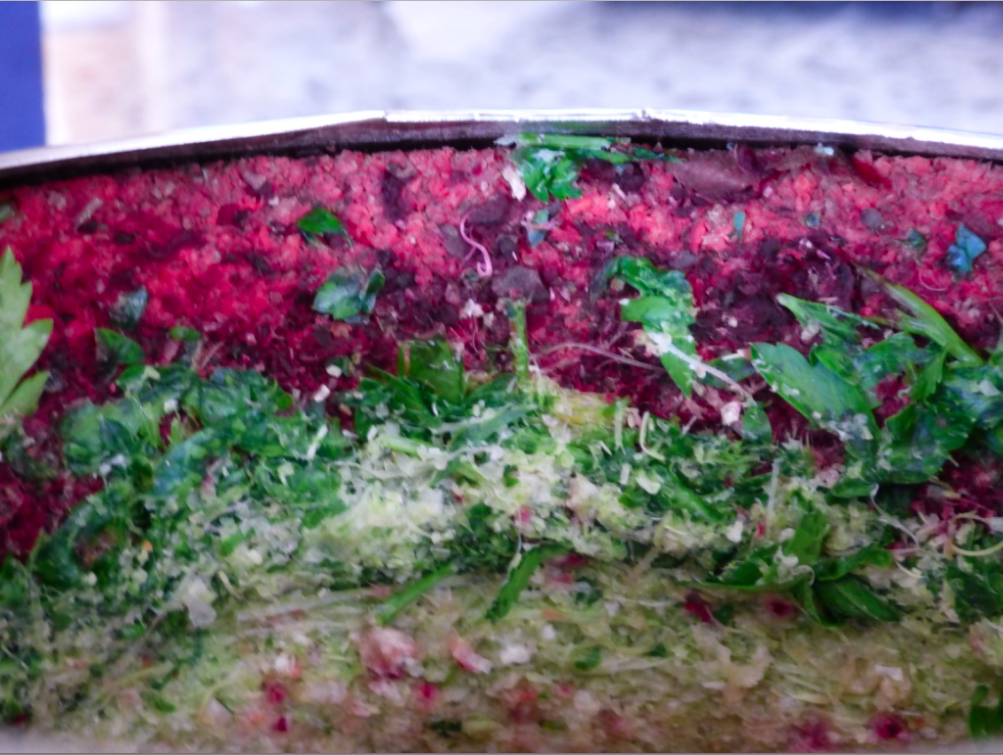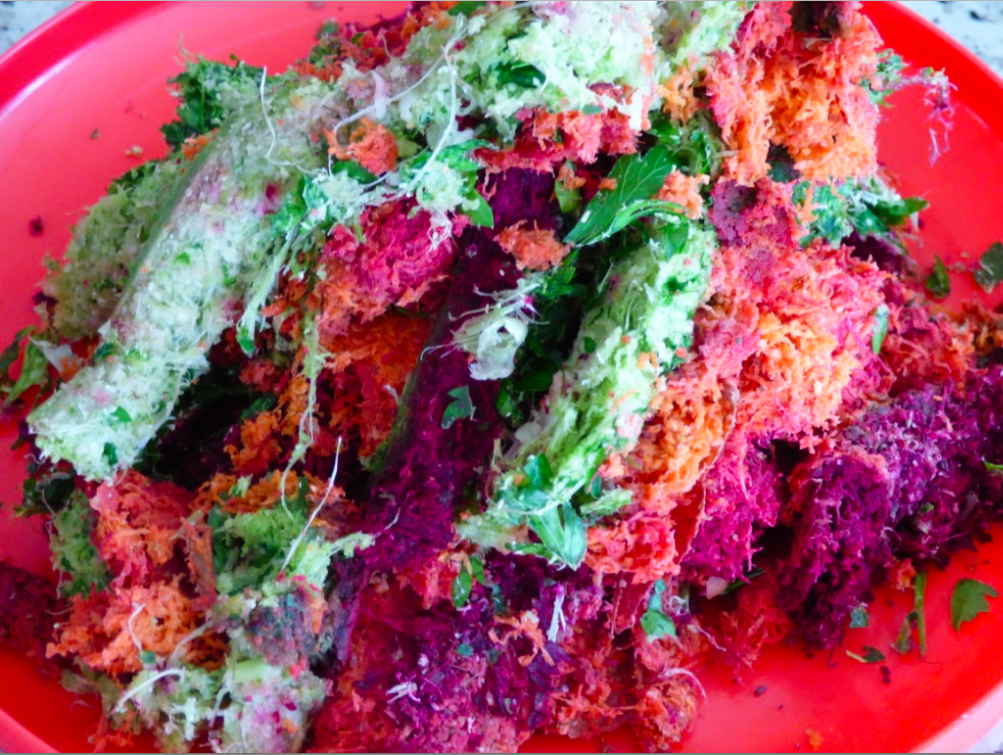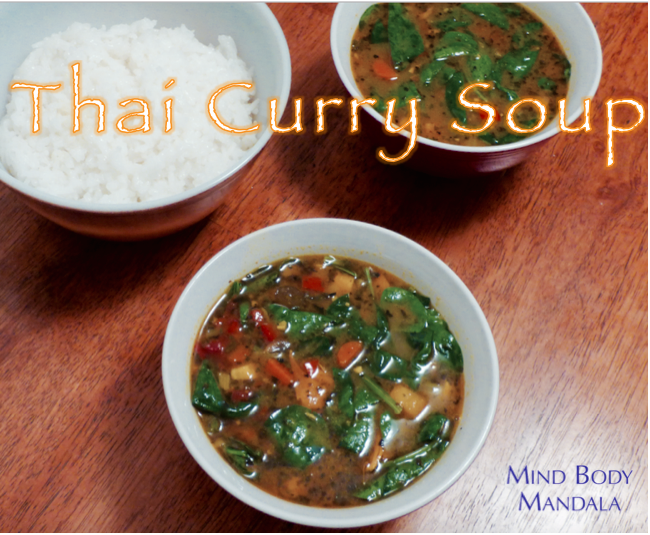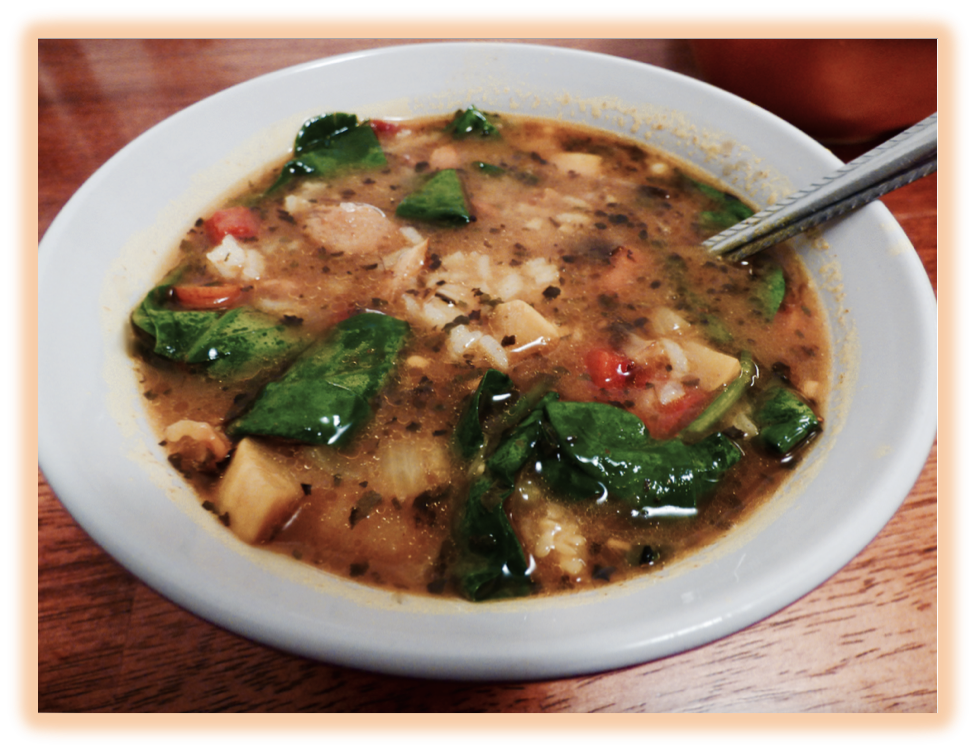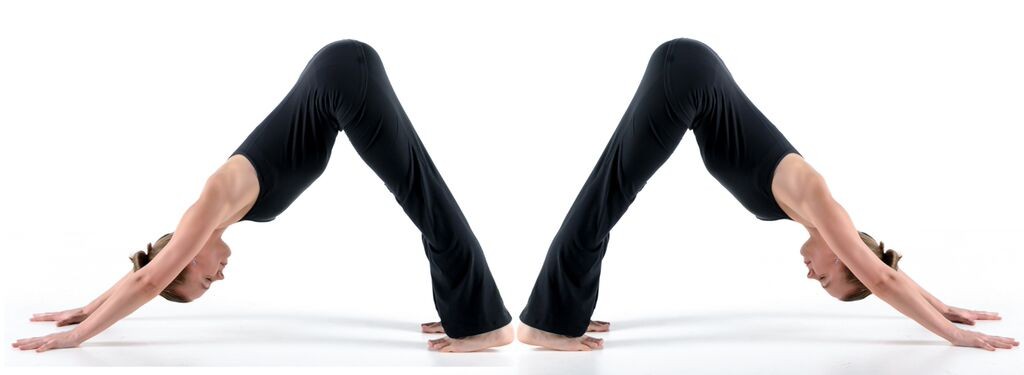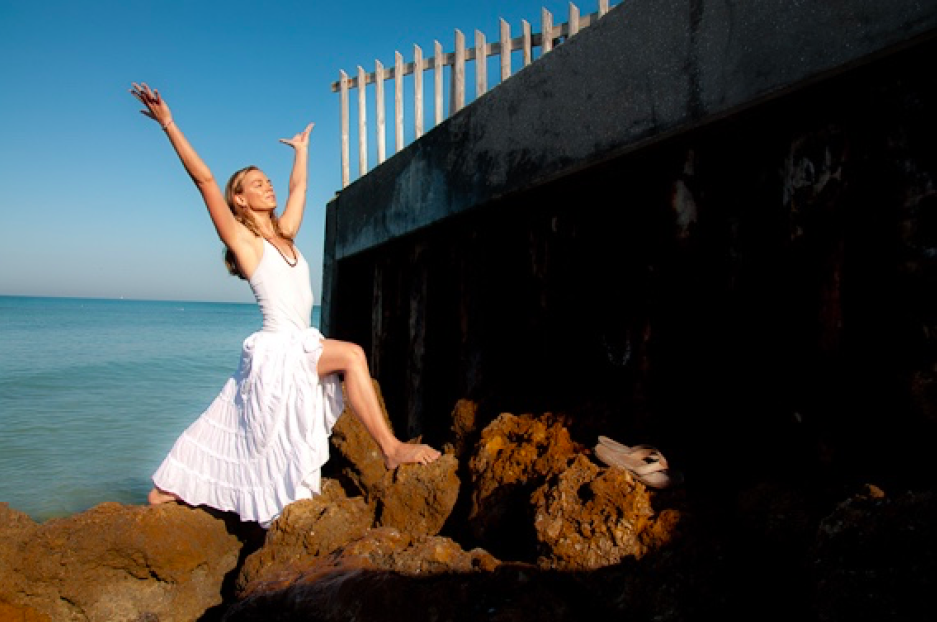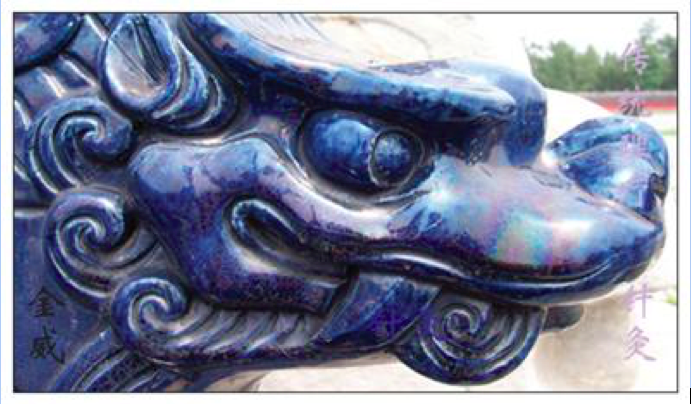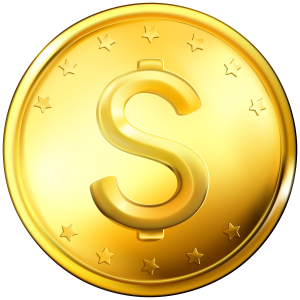For the past three months I’ve been taking the Monday night Boxing class at Snap Fitness in Pueblo West, CO. Before studying with Jordan I had no formal training and didn’t really know what to expect. I was training myself for the 22 Push Ups Challenge and looking for ways to increase my upper body strength.
Jordan has developed a method that is based on his own training. For the first few weeks I was the only attendee and was very fortunate to receive 1:1 coaching. That level of personalized attention gave me a solid foundation, and I got a taste of how intense that cardiovascular workout can be.
Once I got past the initial learning curve, my body started to acclimate to the sequencing of the drills. And it was very good for my brain to go outside of my movement comfort zone.
I’ve learned that boxing is like ballet, golf, and target practice.
In ballet you learn how to perform various sequences, or what I call “movement puzzles.” Once you put all of the pieces of a boxing drill together, the feeling of connection is much like the zen quality of archery or hitting a long drive.
That powerful feeling is pretty amazing, and when a drill becomes second nature it’s a lot like dancing. It’s also a form of mind-body exercise.
From the yogic perspective, high-energy exercise is an excellent way to engage with the manipura chakra.
In a nutshell, the manipura (a.k.a. solar plexus) chakra is the will-power center of the subtle body. When performed mindfully, exercises like push-ups, kickboxing, and core-work provide a physical way of engaging with this center.
Anodea Judith’s book, Eastern Body, Western Mind is a great resource for learning more about chakra psychology.
There have been days where I’ve had to tap into my will-power center in order to make it to class. Jordan is always very understanding when I tell him I’m tired and he adjusts his format accordingly.
But there are also days when I surprise myself by having more energy than I anticipated. It’s like I always tell people – it’s all about showing up.
If you enjoyed this article you might also like:




